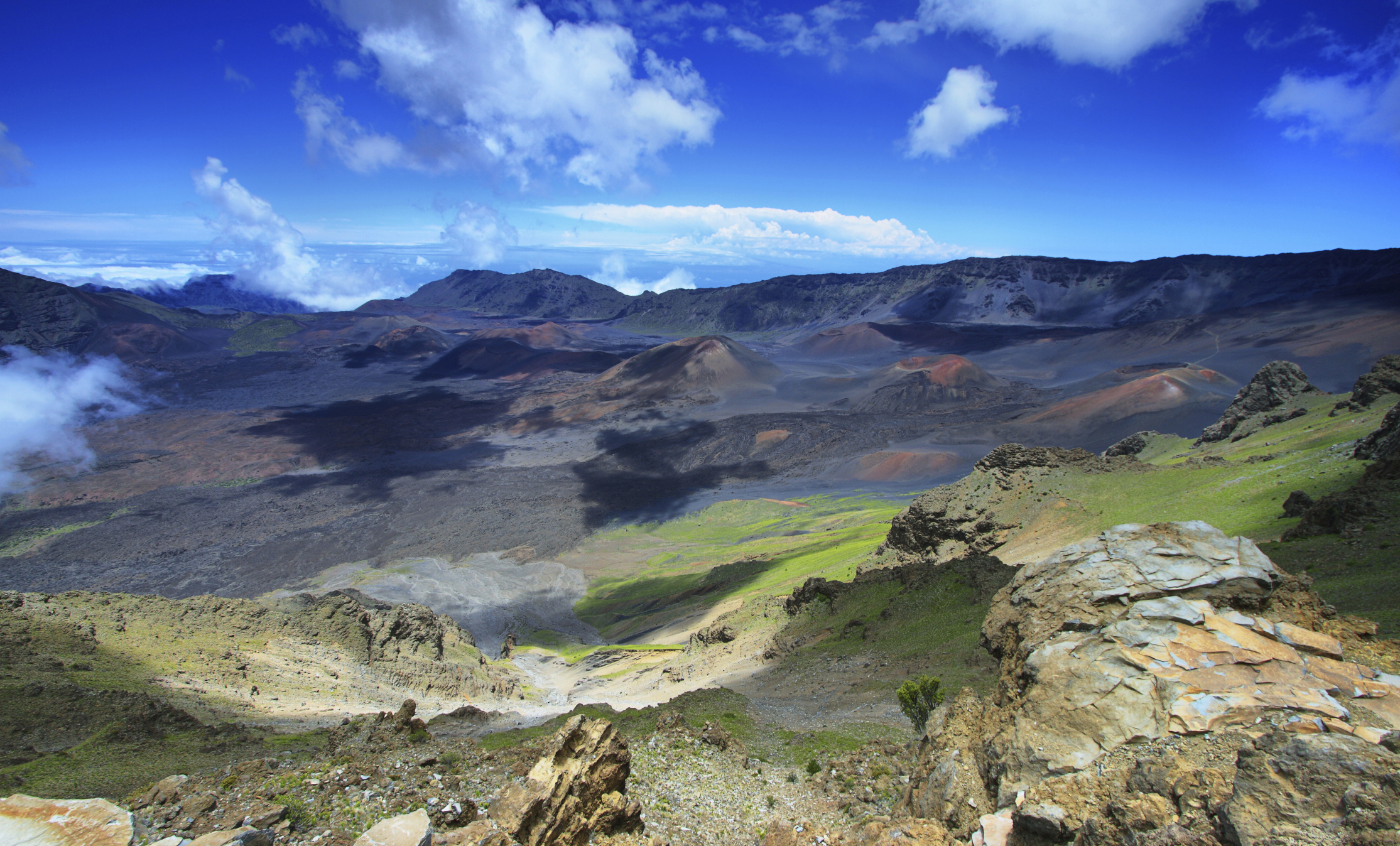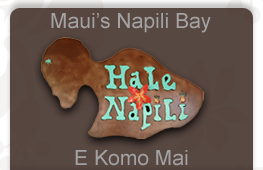Haleakala
National Park in Maui
 Haleakala means “house of the sun,” and is the origin of the legend that Maui trapped the sun at this spot to make the day longer. It is also home to a national park that encompasses 33,265 acres and a dormant volcano. The volcano stretched above land up to 10,023 feet above sea level.
Haleakala means “house of the sun,” and is the origin of the legend that Maui trapped the sun at this spot to make the day longer. It is also home to a national park that encompasses 33,265 acres and a dormant volcano. The volcano stretched above land up to 10,023 feet above sea level.
Back in 1916, Haleakala was included as part of the Hawaii National Park alongside fellow volcanoes Mauna Loa and Kilauea on the island of Hawaii. In 1961 the parks split and Mauna Loa and Kilauea were designated as part of Hawaii Volcanoes National Park.
There are two districts to Haleakala National Park in Maui : The Summit District (mountain) and the Kipahulu District (coast). Both districts are open 24 hours per day, 365 days a year and have restrooms. Both districts have hiking trails with 30 miles of trails in the Summit District and three miles in Kipahulu.
At the summit, you can find Haleakala Crater which spans almost seven miles across and is 2,600 feet deep. There are two main hiking trails that lead into the crater. Please plan ahead for your visit to Haleakala as there is no food or gas in the park. Bring a water bottle as water is available at the visitor centers.
Visitors most often make the trek to Haleakala for sunrise or sunset, both are spectacular sights, to renew their spirit and connect with the island. It’s recommended to plan for cold and windy weather when visiting during these times and be aware that the road up and down the mountain does not have lights. Find sunrise and sunset information based on month by visiting the Haleakala National Park of Maui website.
If you’re not an early riser, you may wish to visit at night as the summit is one of the best places for stargazing. The Haleakala Observatory is located here and the University of Hawaii Institute for Astronomy manages the site. You may pick up a star map at either the Park Headquarters Visitor Center or the Haleakala Visitor Center, rent some binoculars or bring your own, and look up at the stars, moon, and planets.




